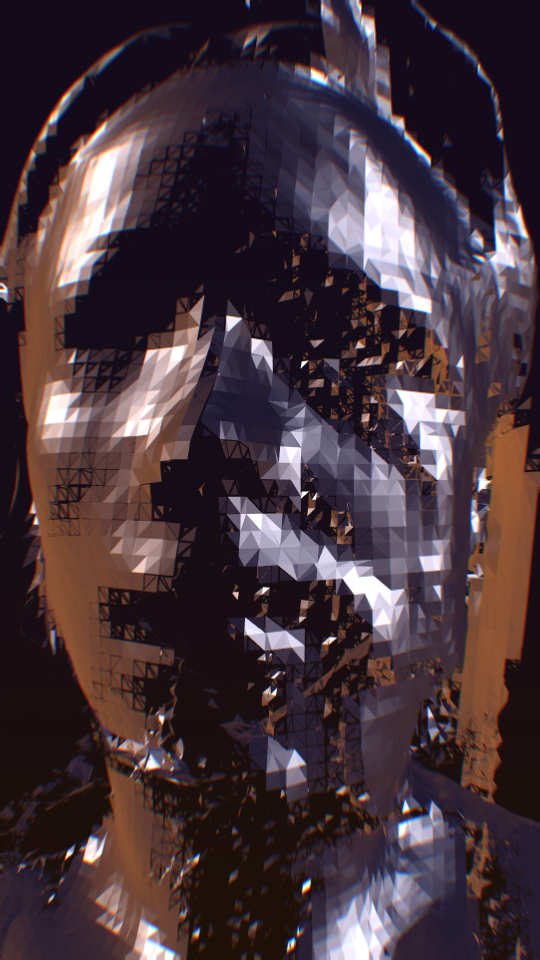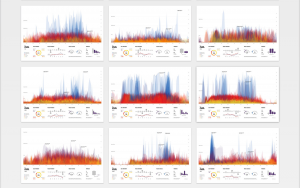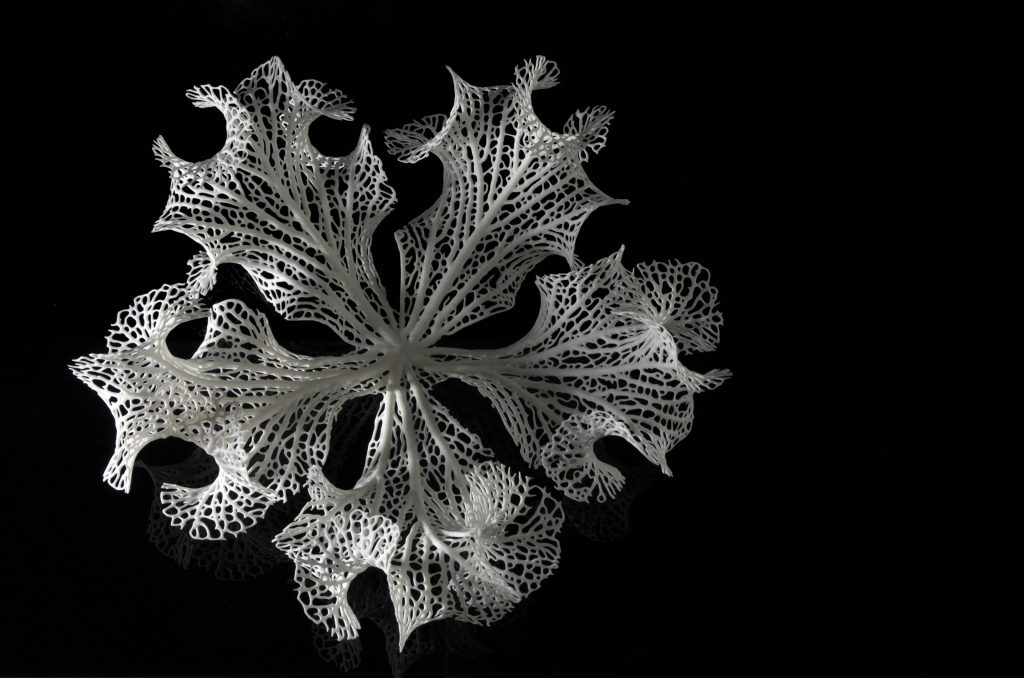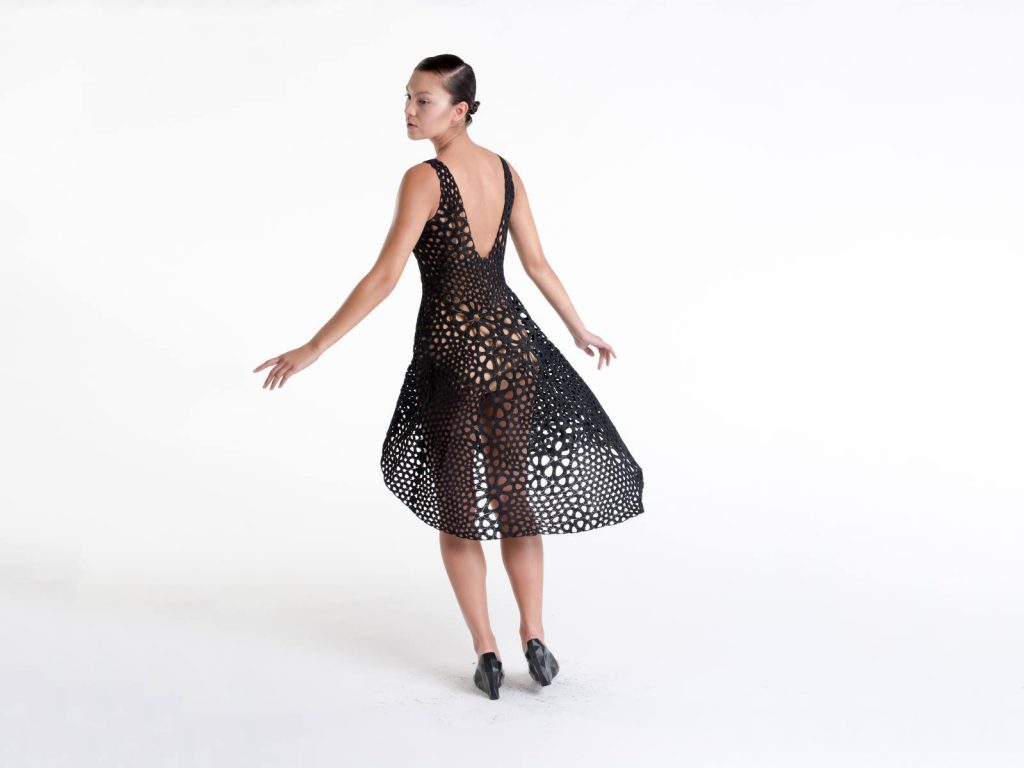Kate Hollenbach is the creator of the interactive gestural software shown most famously in the movie “Minority Report”. She’s also the director of computation and design at Oblong Industries. She’s based out of Los Angeles, California. Her work ranges from quirky and entertaining to highly innovative. I most admire her groundbreaking “Mezzanine”, for example, uses can use a gestural interface to control content on multiple devices, because it is not only conceptually intriguing but also technologically relevant. In works such as “Substrate Grid” a user can point at colored squares to color them and make them spin. In her speech, she shows her fun, casual artistic aesthetic through her informal tone of speech and the visual effects on her video (such as a colored filter, increased speed or a blurred effect). Her clear speech and organization of her life story into easy-t0-comprehend sections are strategies I can adopt in my own work.
http://www.katehollenbach.com/
https://vimeo.com/channels/instint2014
![[OLD – FALL 2016] 15-104 • COMPUTING for CREATIVE PRACTICE](../../../../wp-content/uploads/2020/08/stop-banner.png)





